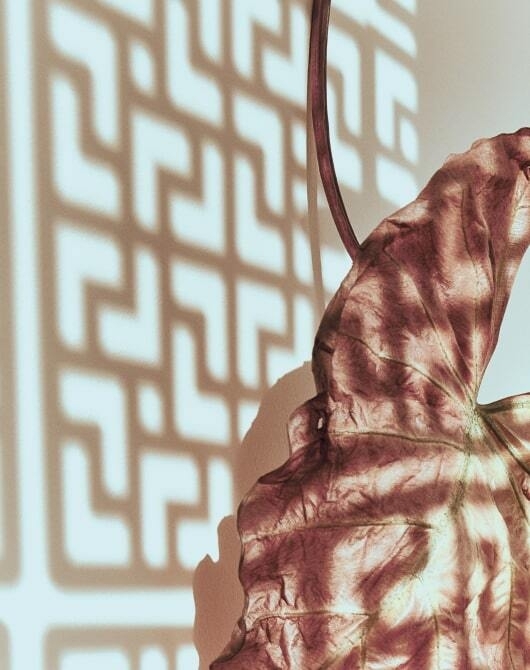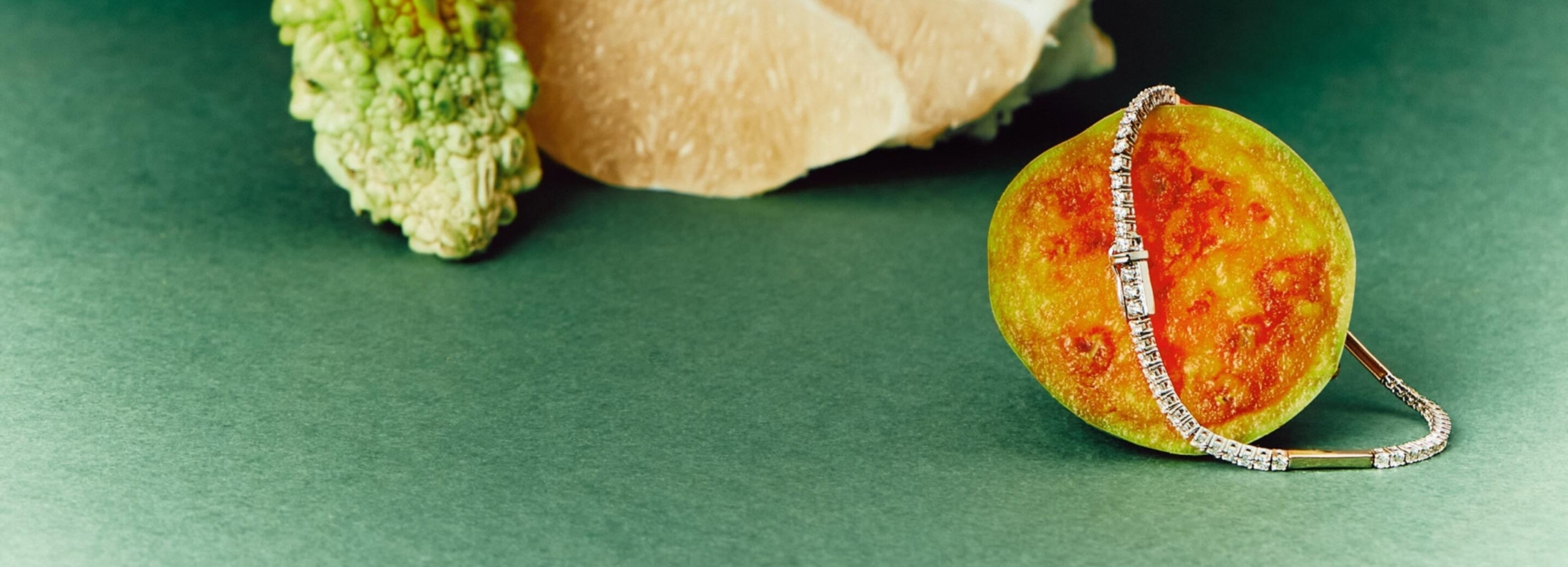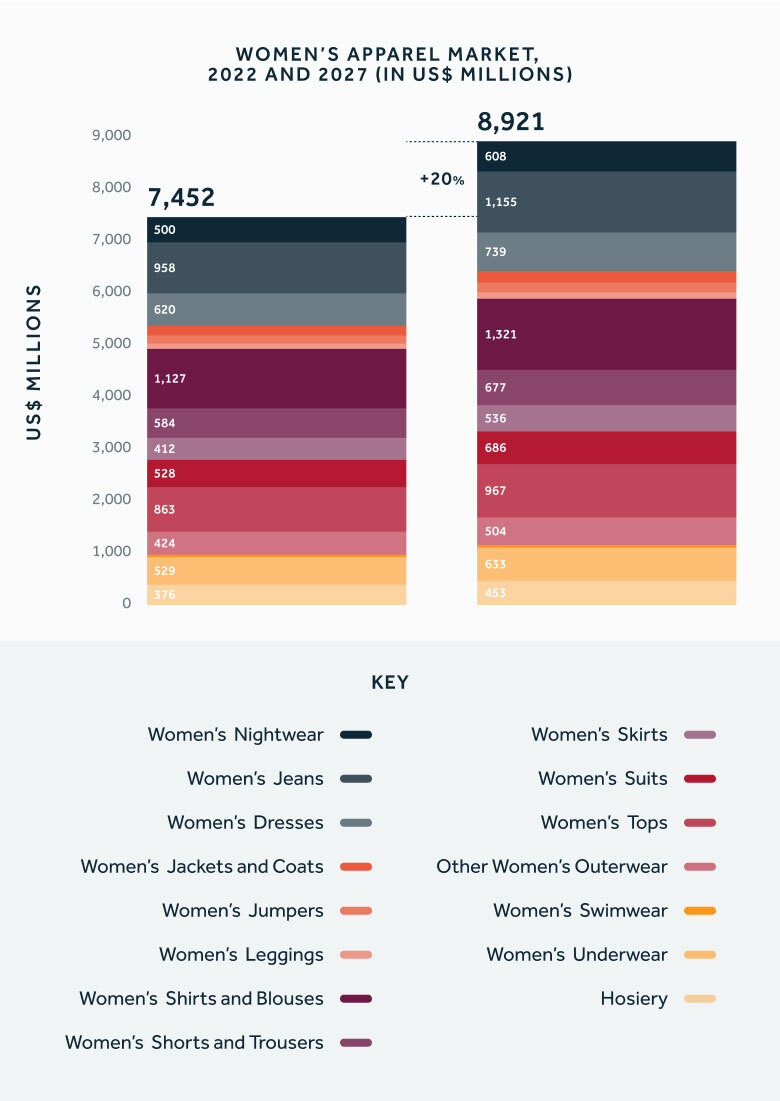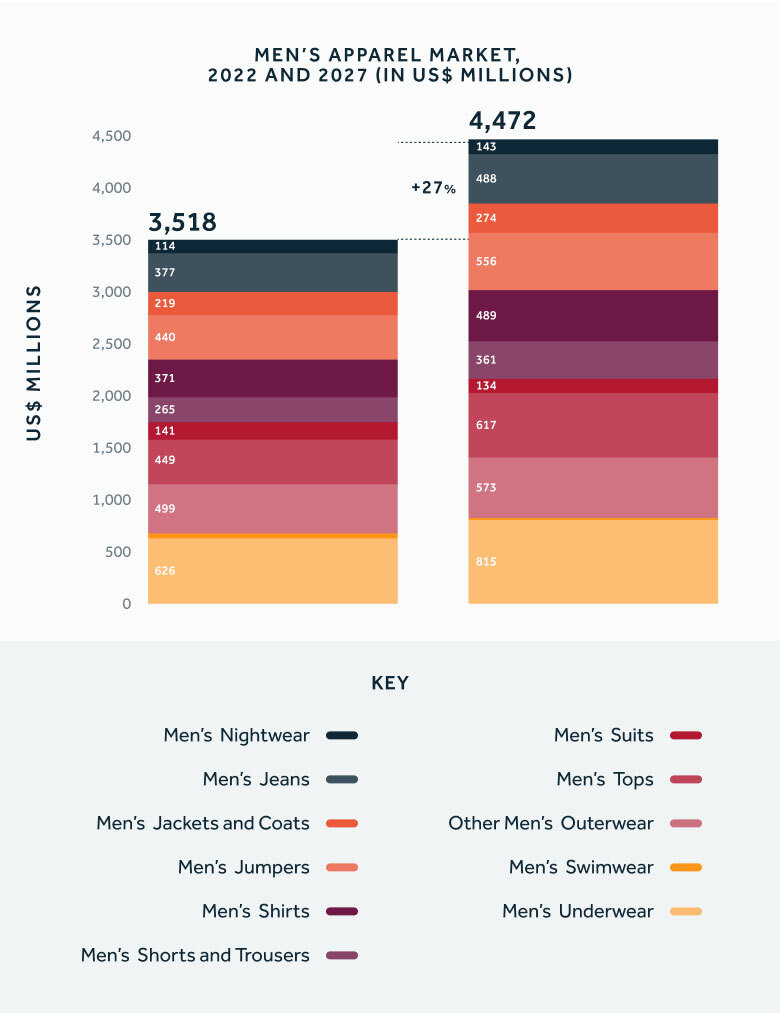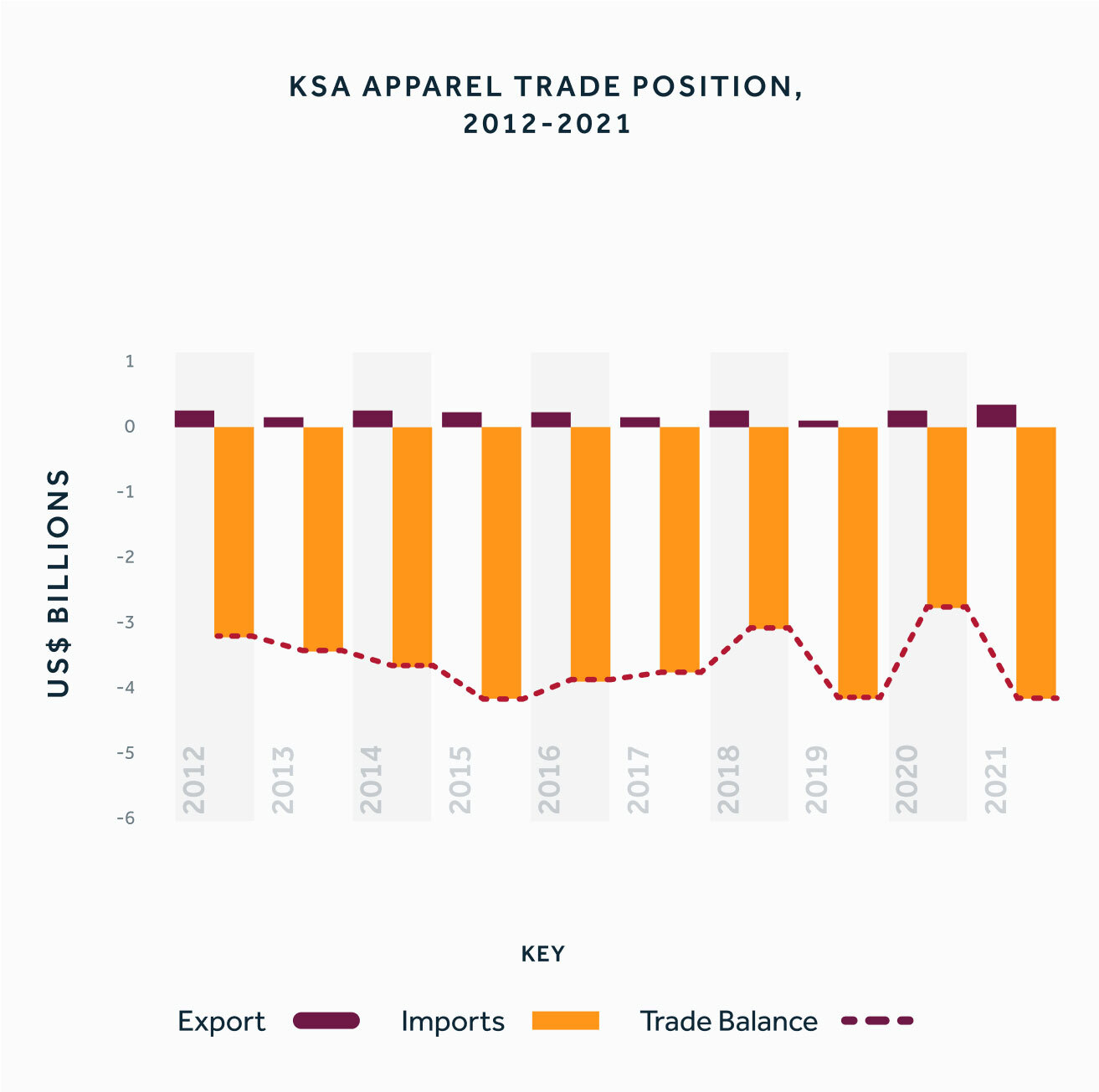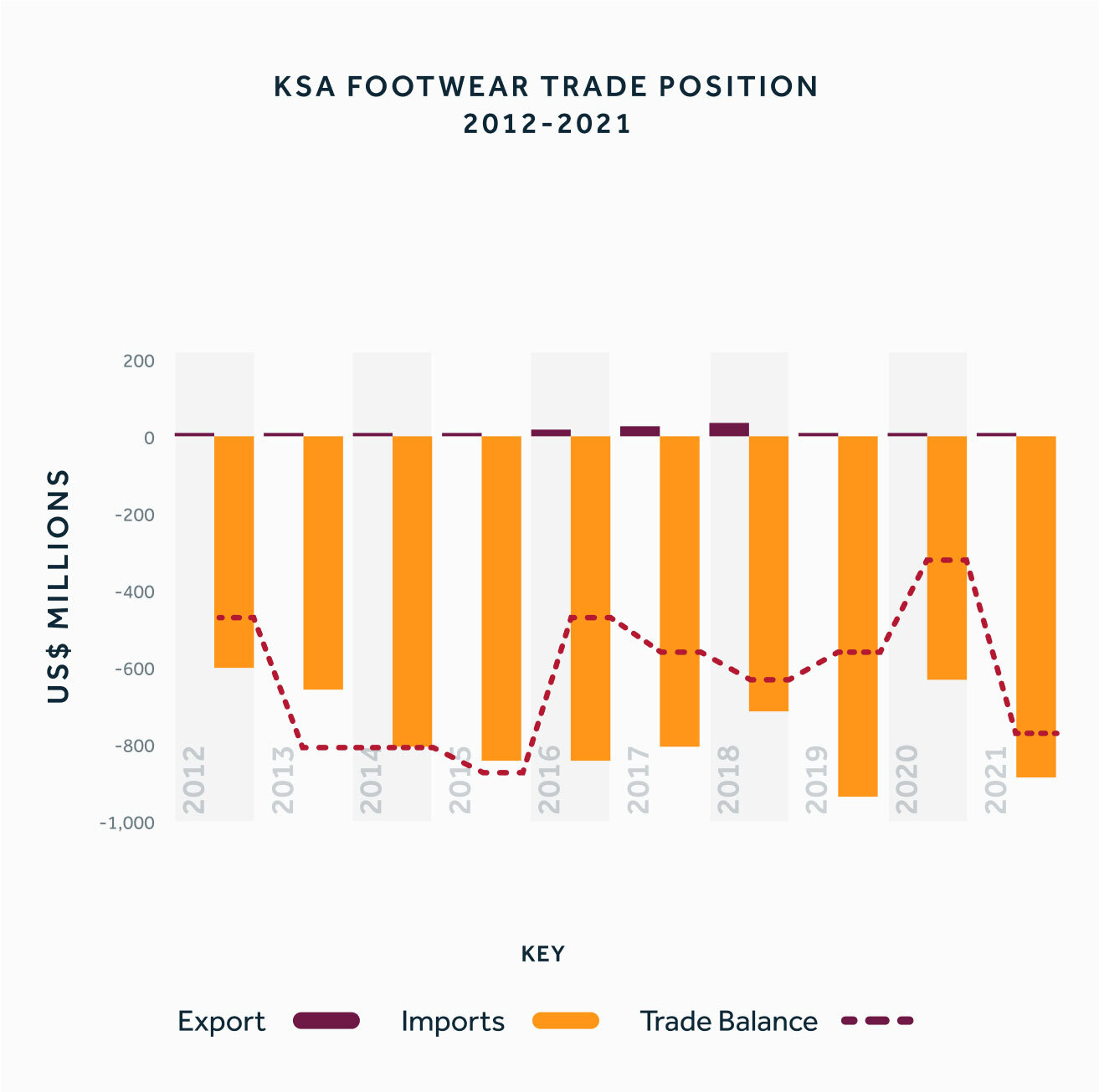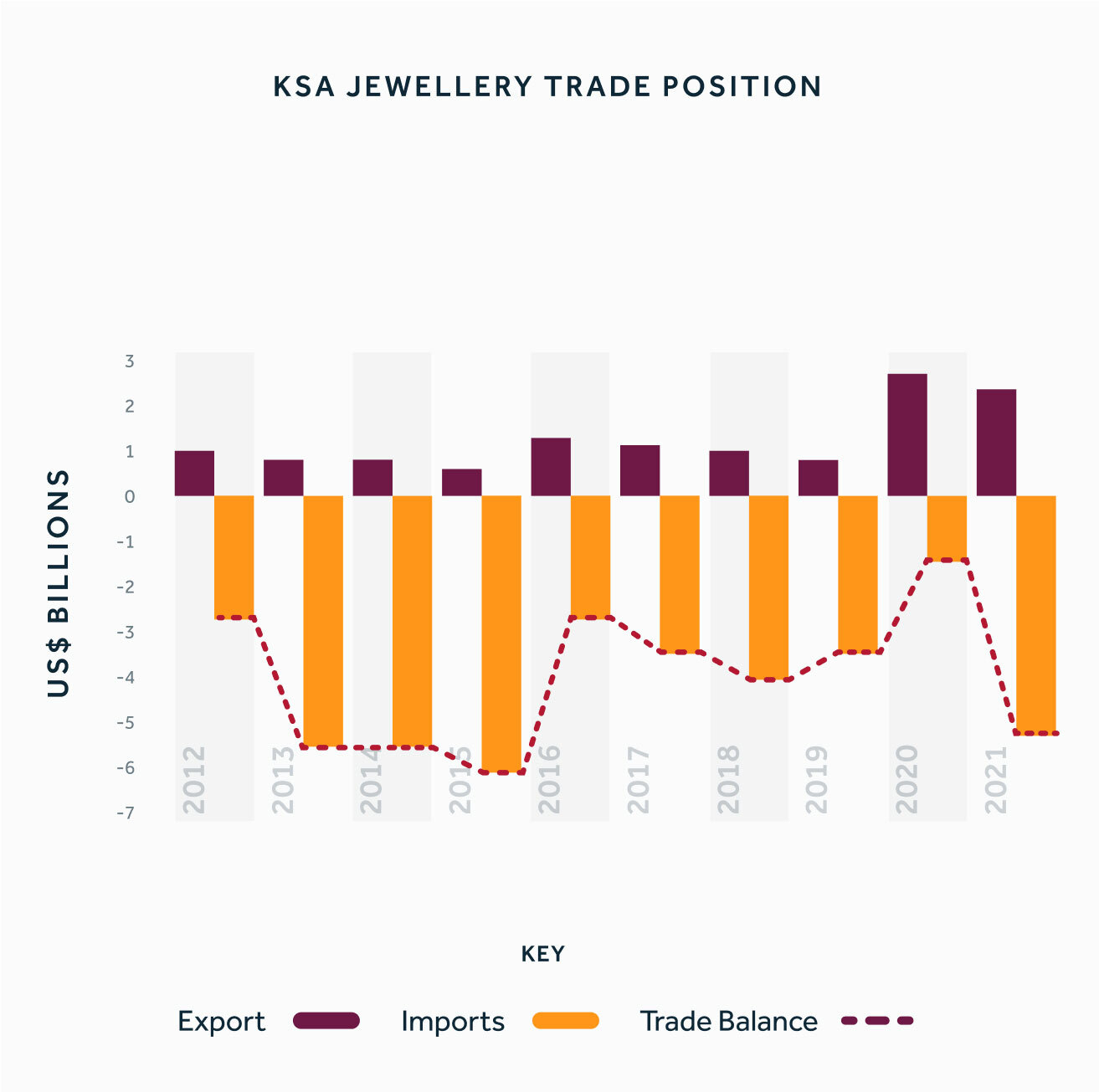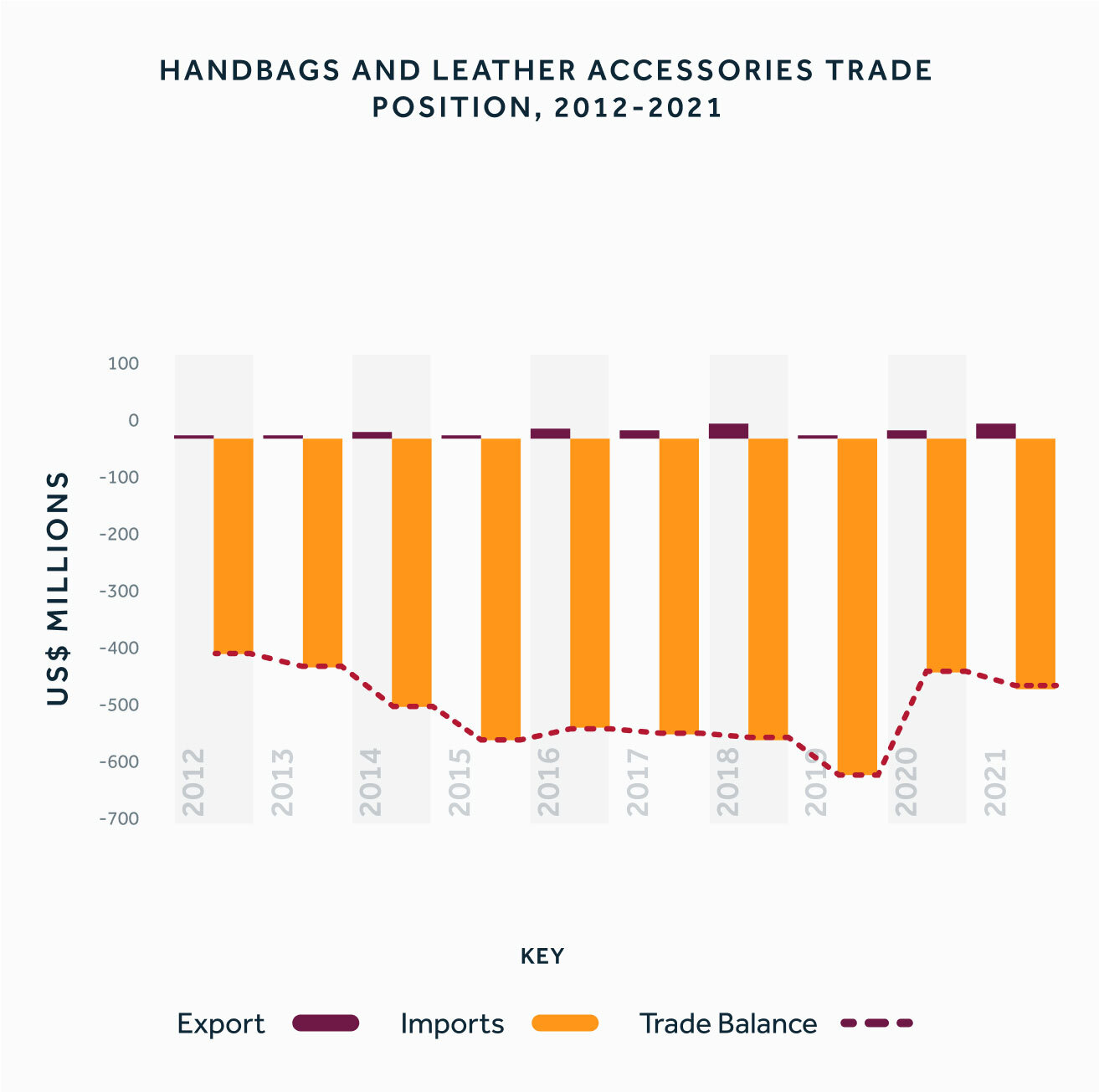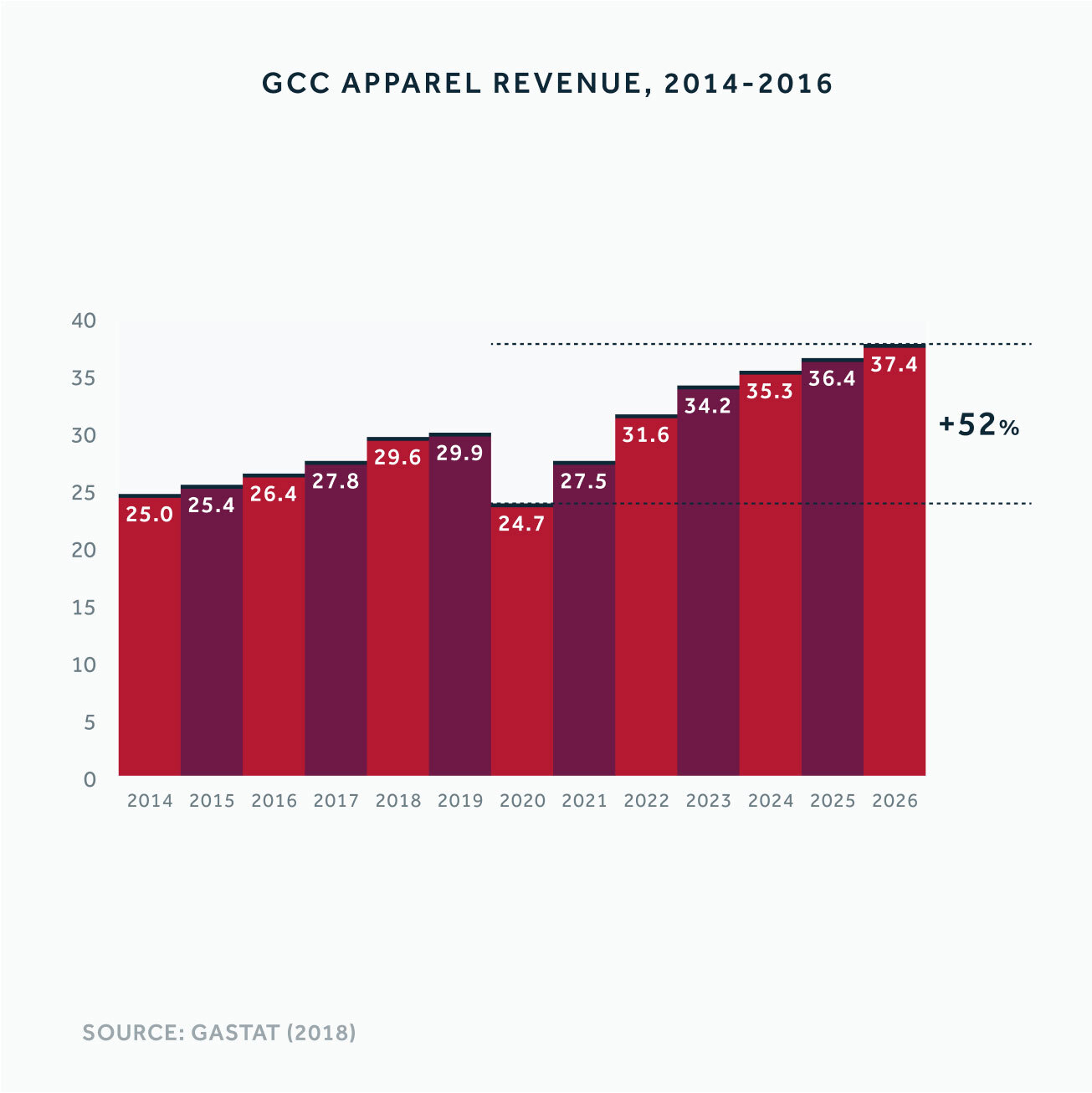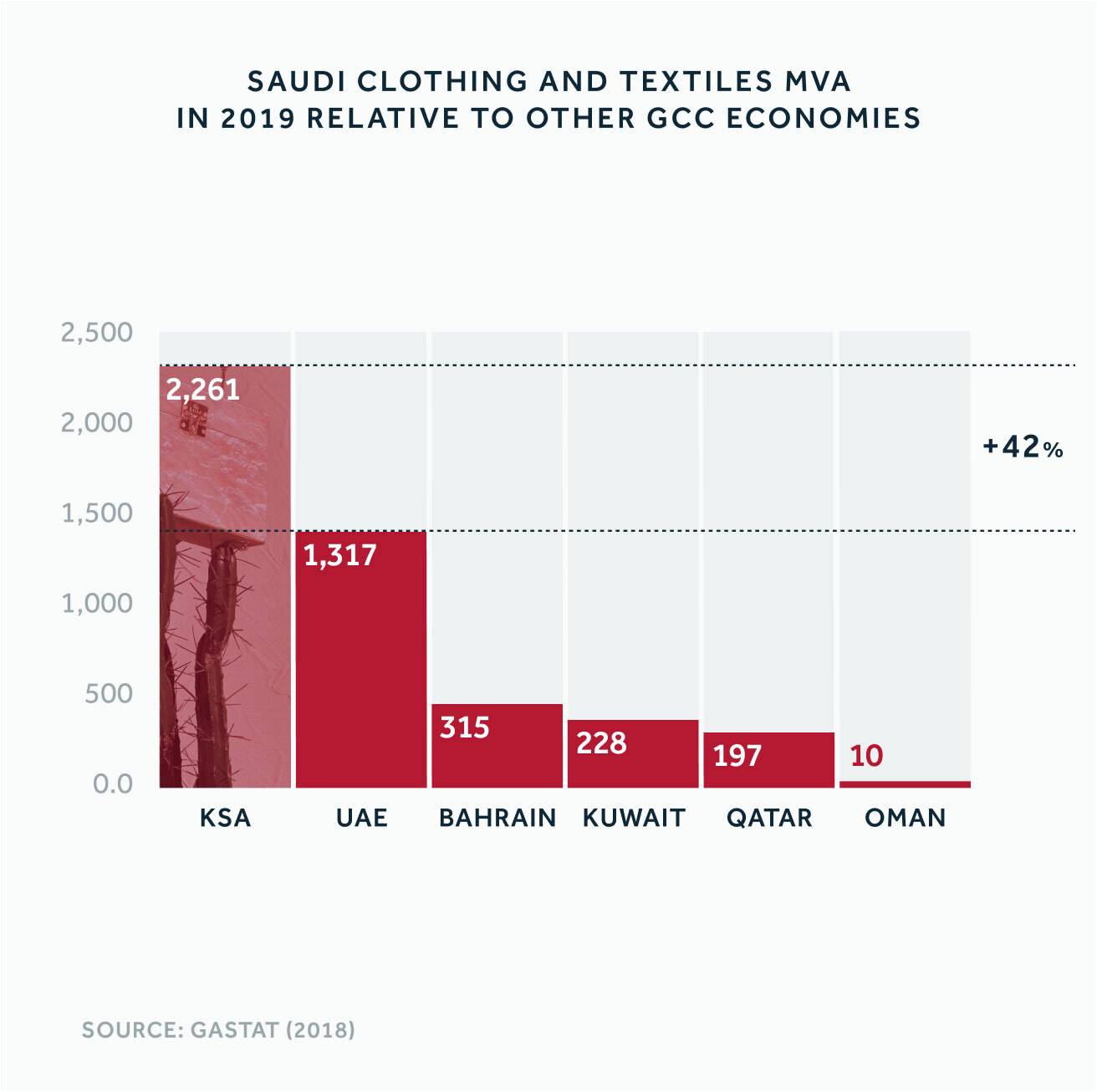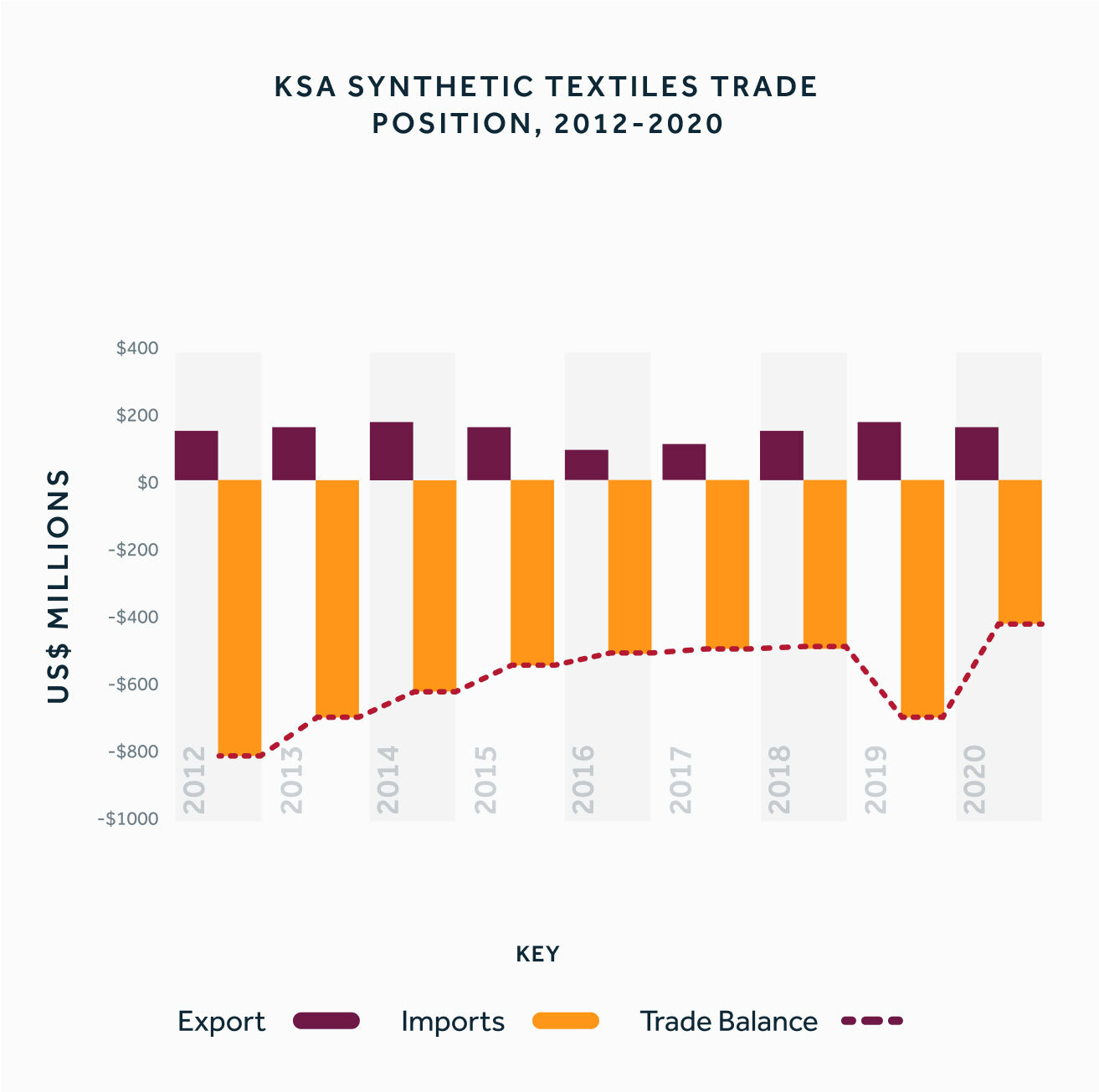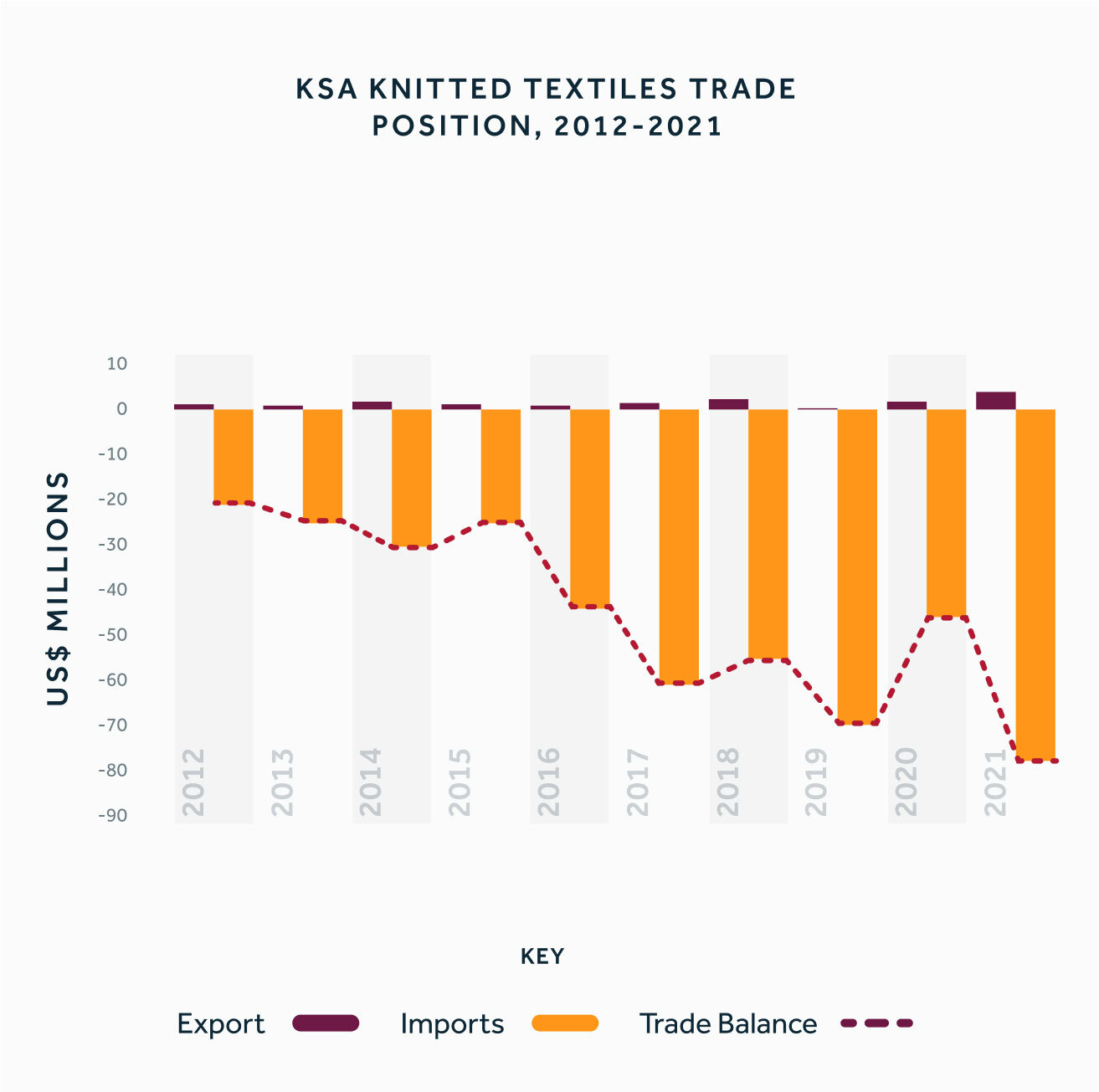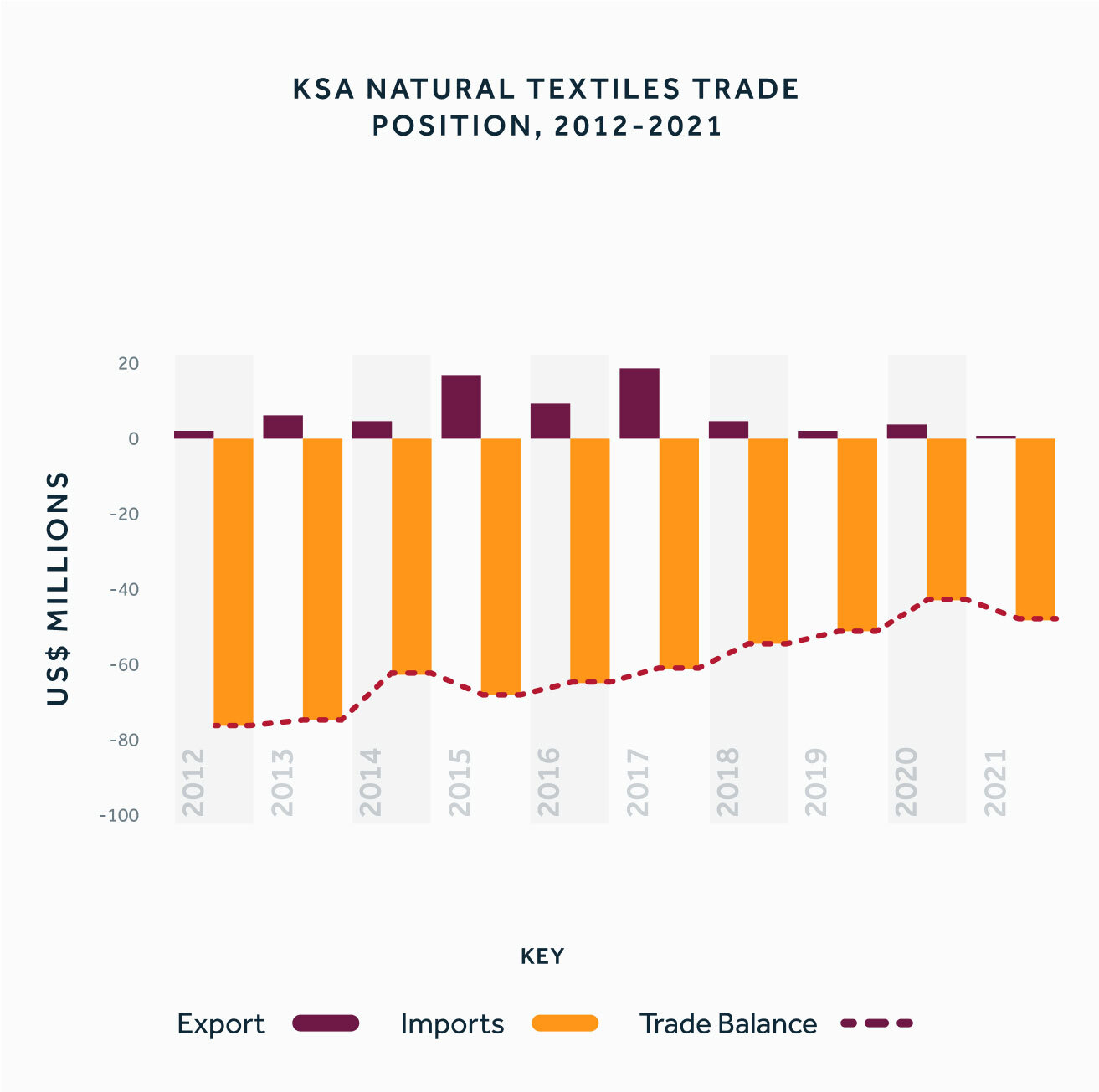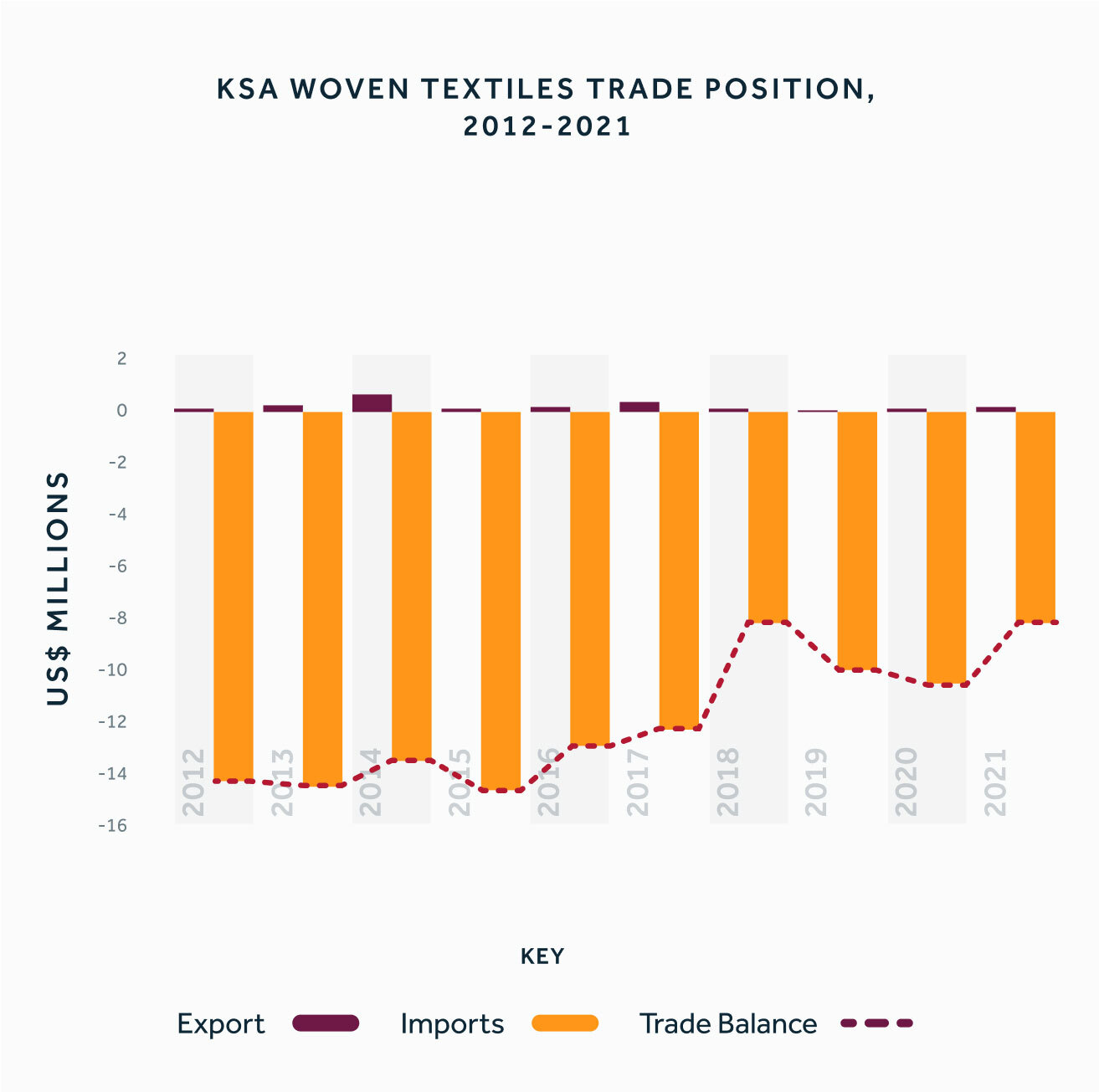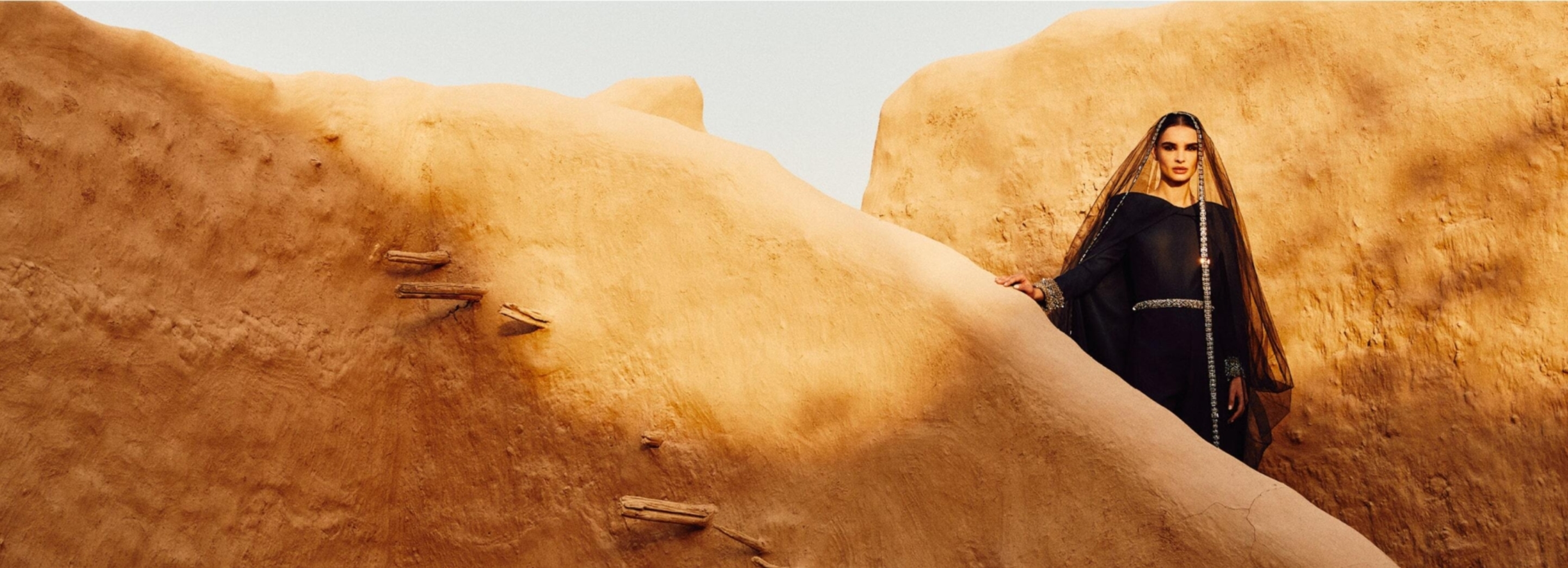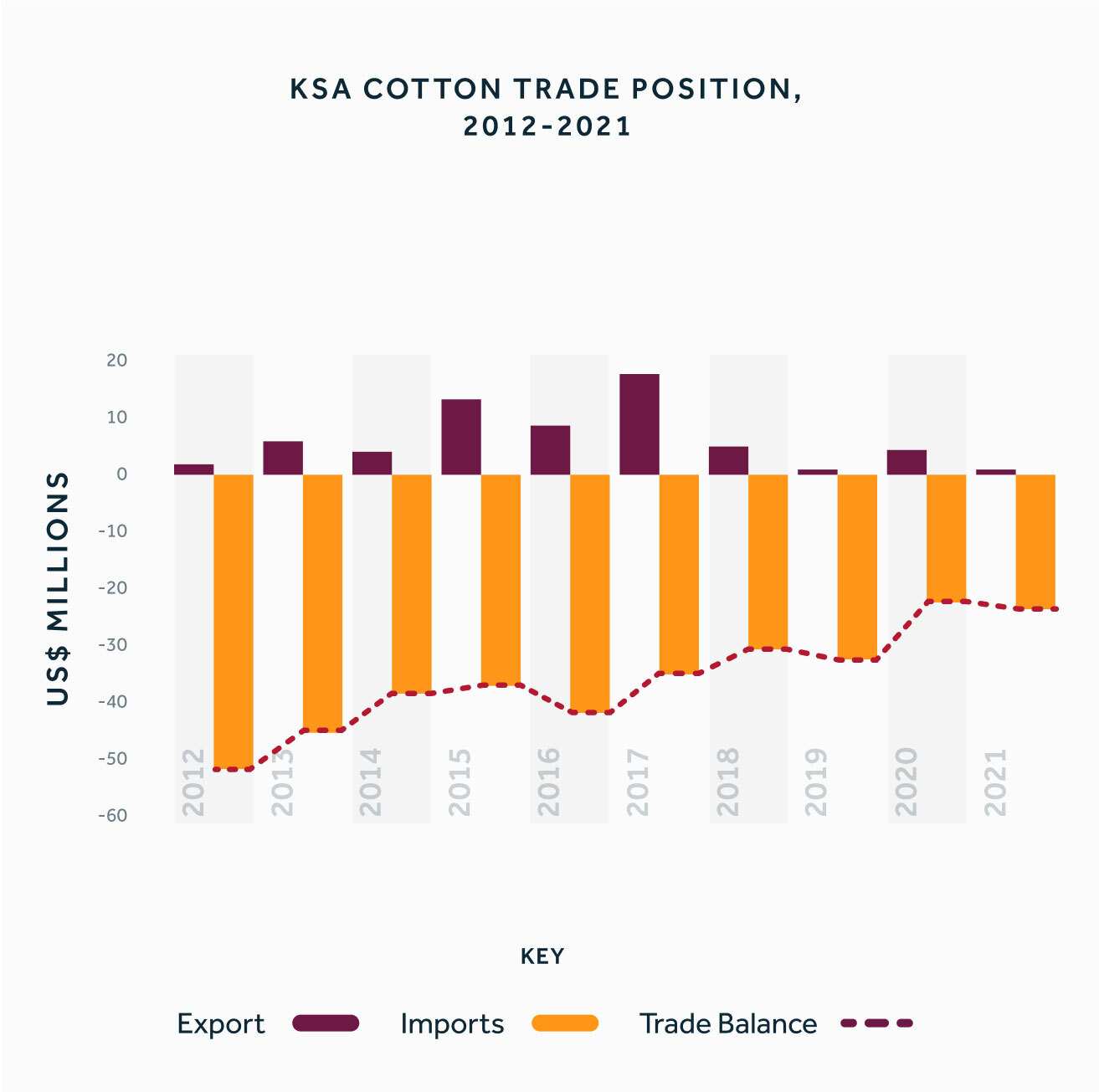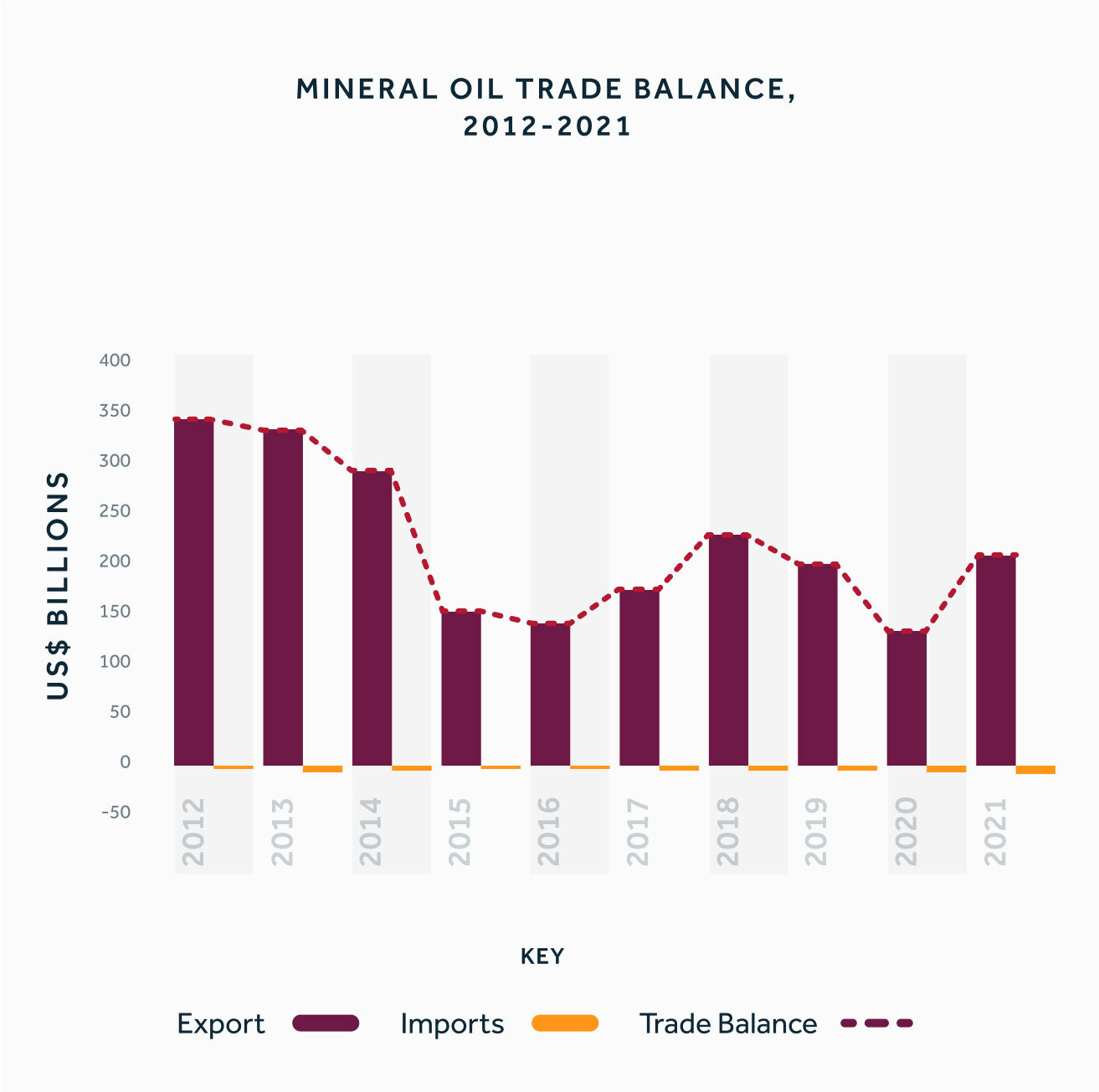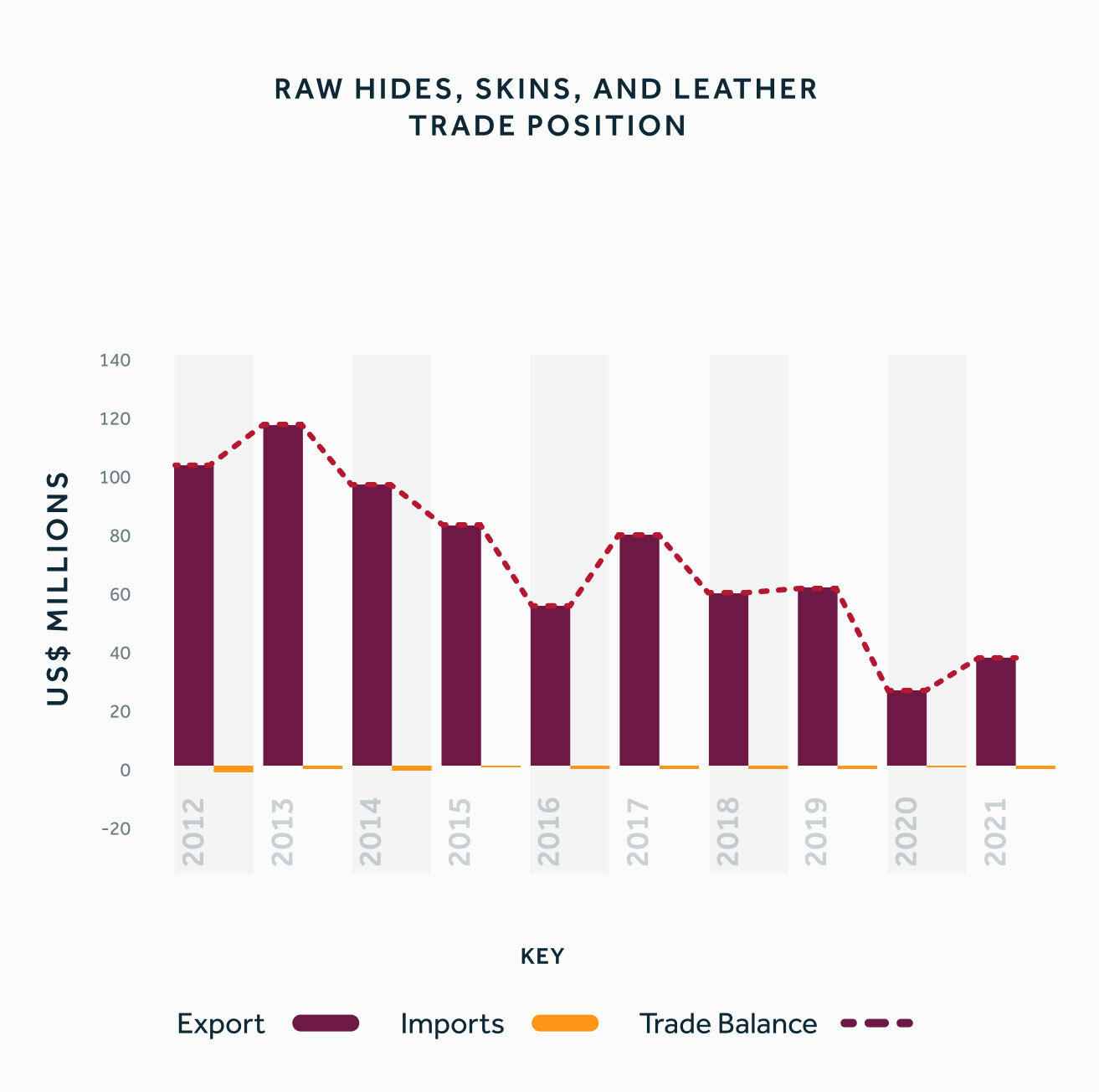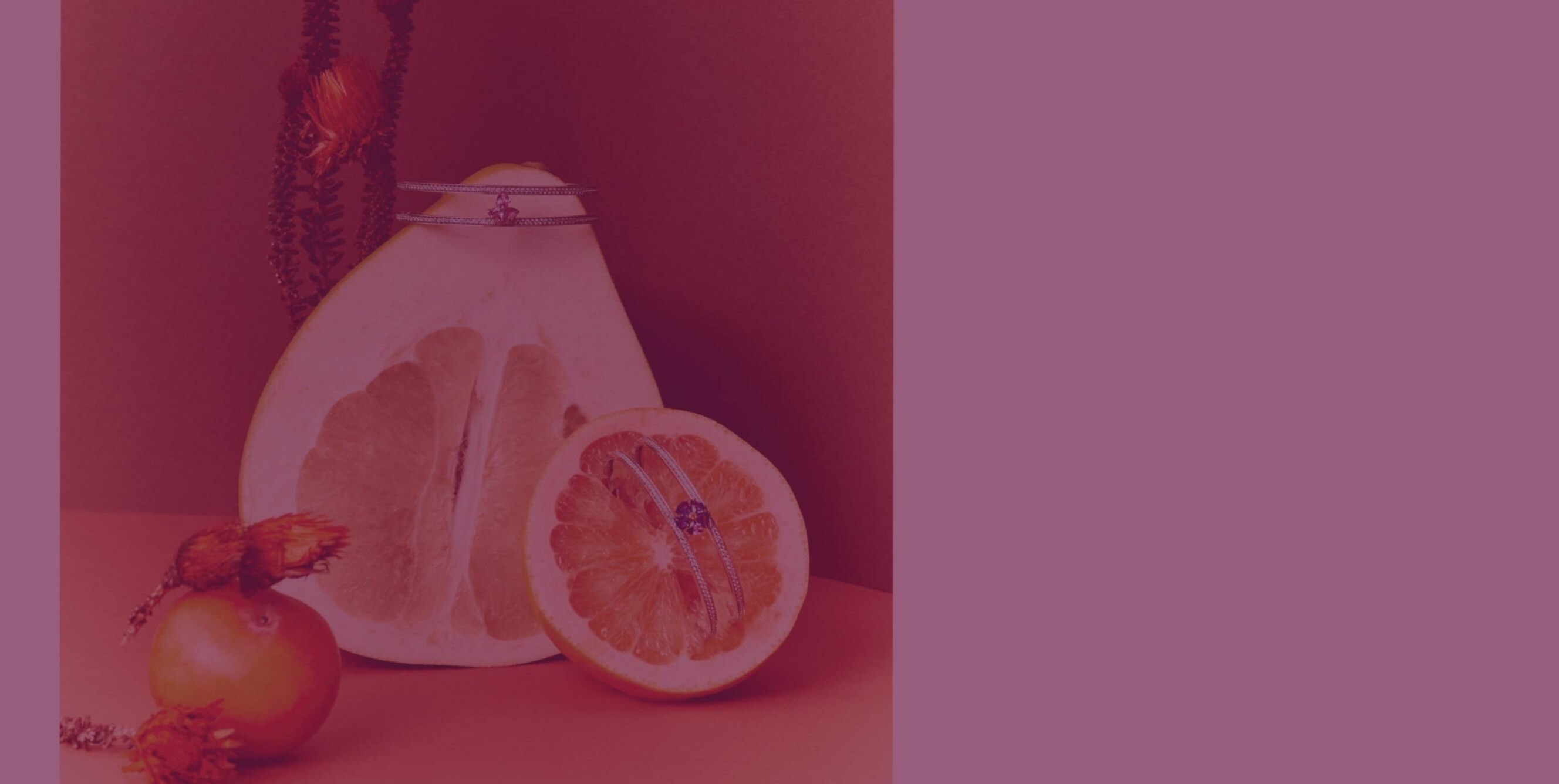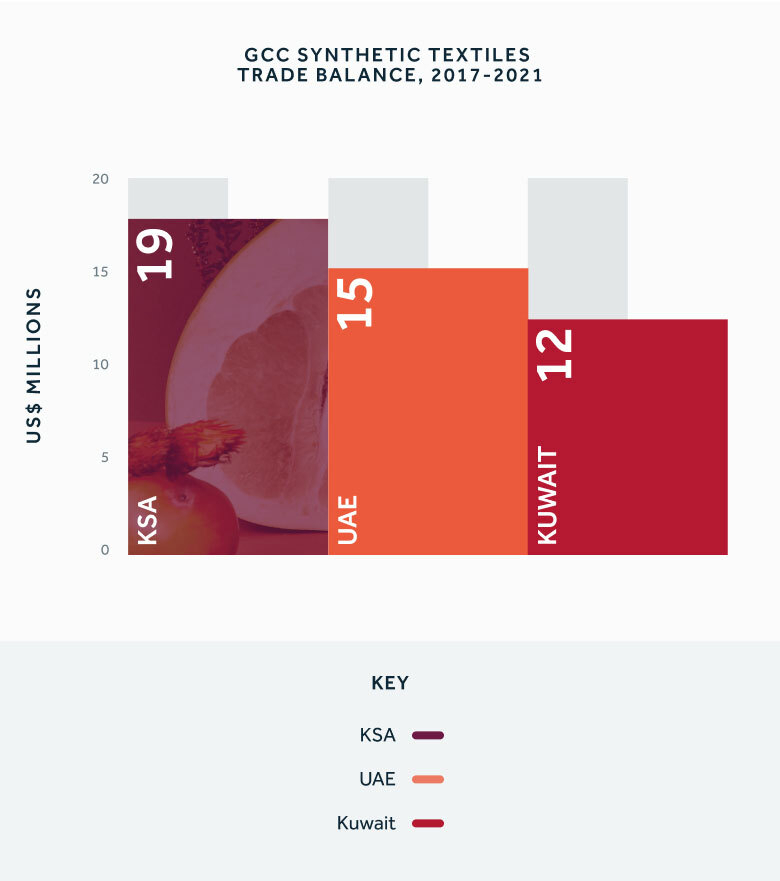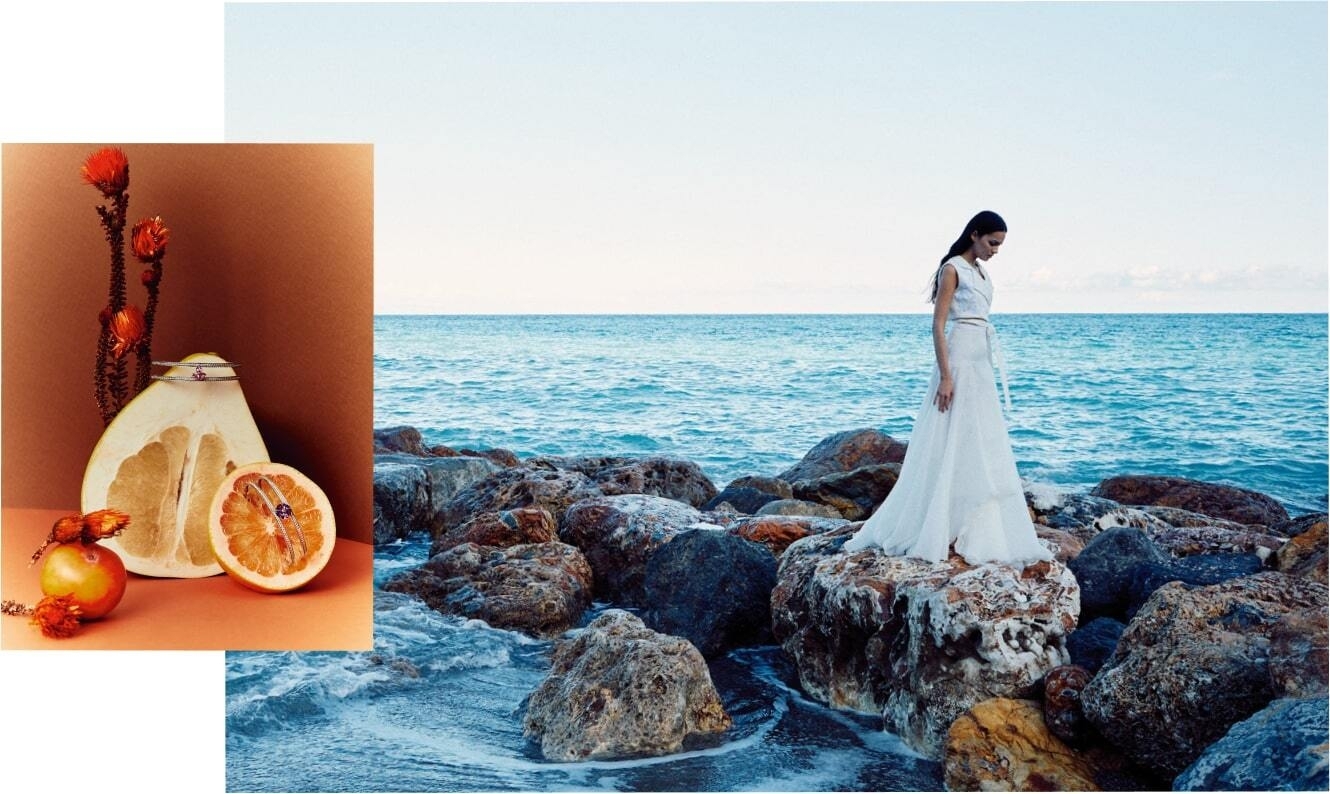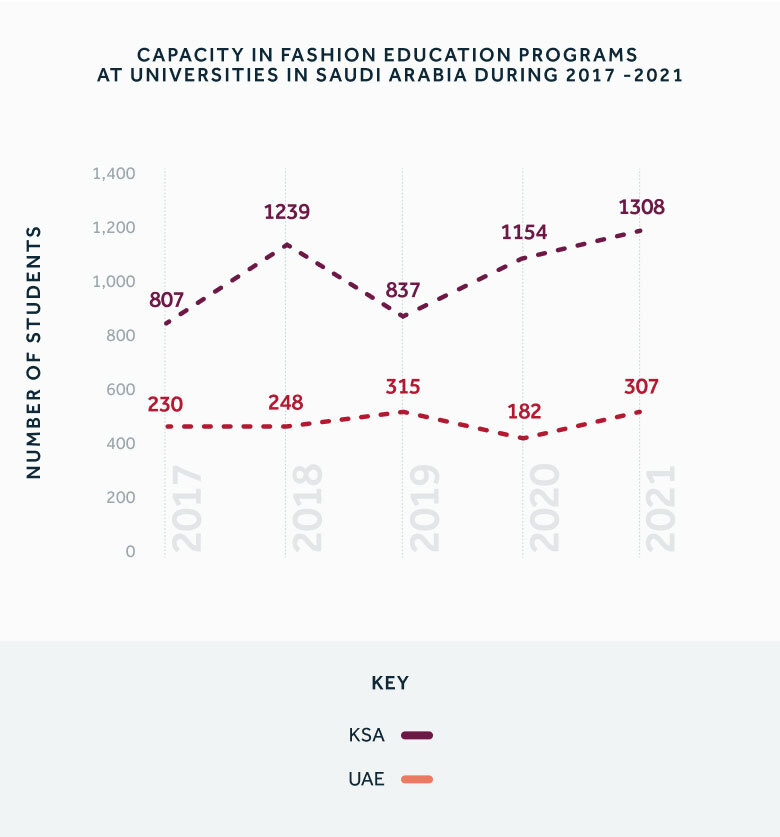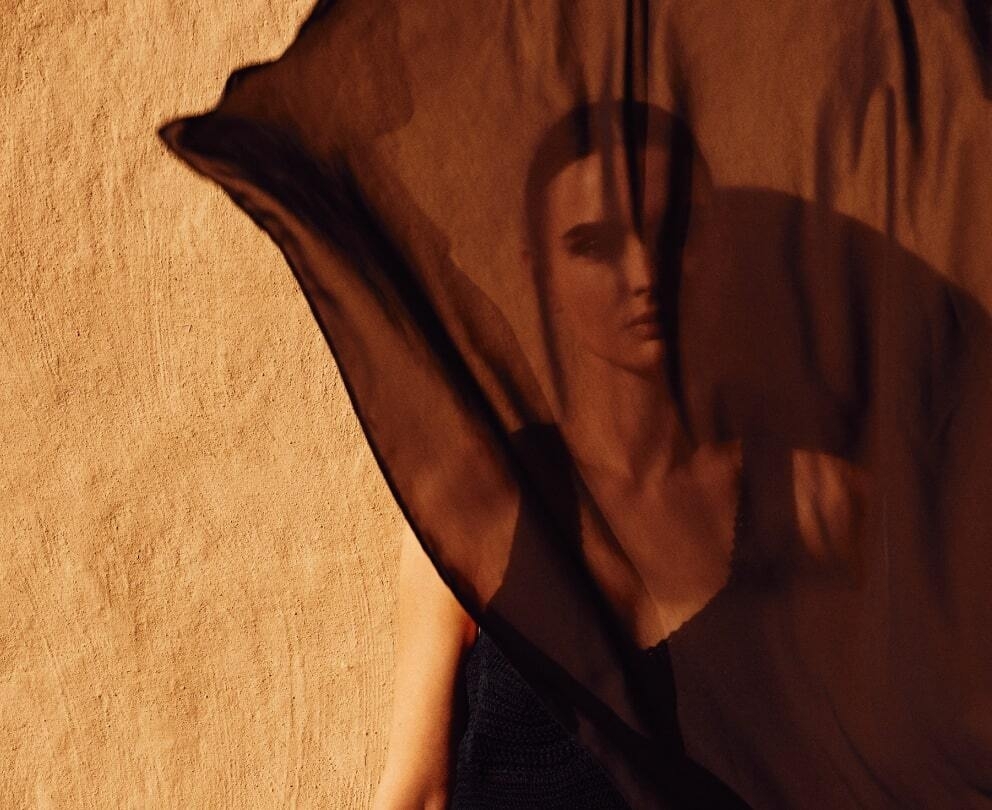Industry 4.0 technologies promise to elevate the Kingdom's fashion value chain, offering a competitive edge over lower labour cost environments. Notable opportunities include additive manufacturing, digital twinning, AI, IoT, and blockchain technology, promising advancements from rapid prototyping to secure product verification.
The Saudi fashion sector prioritizes these technologies as strategic components of the domestic supply chain. CEO, Burak Cakmak, notes that the Kingdom is providing an enabling environment for this transition, highlighting emerging tech-savvy designers, absence of large-scale legacy operations, and a growing market.
Saudi Arabia also showcases manufacturing capabilities in key fashion segments, particularly synthetic fibre production, given its lead in the global petrochemicals sector. Furthermore, with its leading role in petrochemicals, the Kingdom can potentially play a significant part in the emerging circular fashion economy, reusing and recycling polyamides, and supplying renewable synthetic fabrics and yarns.

